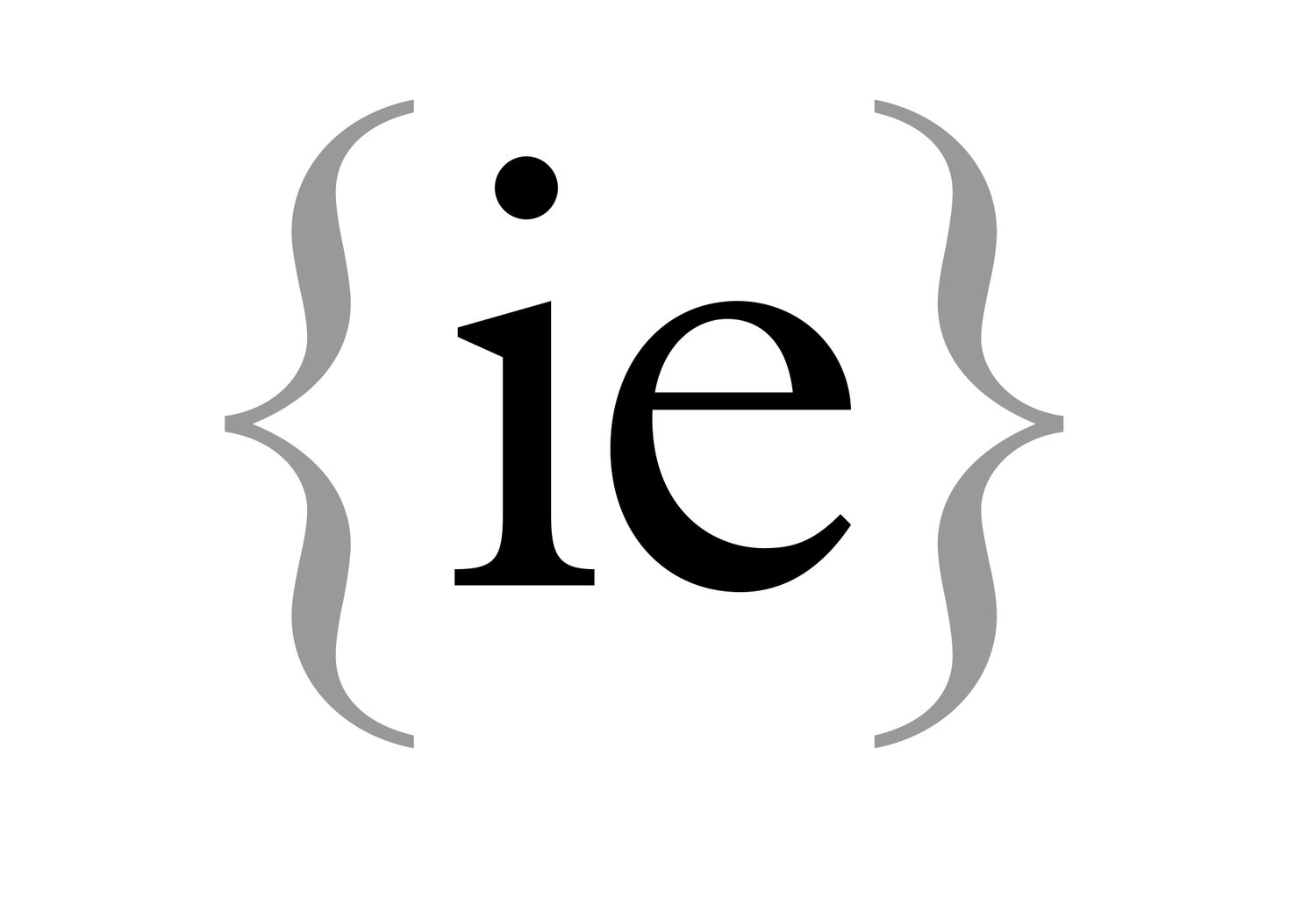In a recent firmware and software update, you may have seen that Crestron have enabled Apple Homekit control of Apple TVs. There is some confusion about parts of this, in particular for custom software; so I have tried to cover some of the important points and ensuring that we are able to design systems together that work within the restrictions.
There are two elements to what Crestron can deliver and one is, in my opinion, more useful than the other.
Those two elements are:
True IP control via Apple Homekit remotes
Siri integration with Apple TVs
So, the first big gotcha is the IP control. This will, in custom programming, only work from a TSR-310 remote (I.e. a button press on the TSR is the only thing that can be mapped to a command on the Apple TV). This is fine in a system with only TSR-310 remotes, but as soon as you introduce iPads, iPhones, TSWs, HR-310 remotes etc. Then you will still need an alternative control method (see below). This is part of the Apple licensing and encryption requirements as I understand it.
So that sort of makes this IP control not ever so useful for us. My advice is to stick to one of the below control methods:
IR – it’s the Rick Astley of control (“Never going to let you down”)
CEC – if you are using DM or DM-NVX, then we prefer to use CEC over IR as it is even more reliable
You’ll note that I do not recommend IP control and those who have worked with me for a long time know that I always look for reliability in everything. Most of the IP control modules out there are not using authorised methods and are subject to breaking on any firmware updates etc. I have seen too many instances when they stop working after and Apple TV update etc. (I have various IP control modules in testing at home and they’ve all been quirky!).
So, remain with the control methods we’ve been using up until now. Who knows, but in the future, Crestron may expand the program to include custom interfaces on TSWs, iPads etc. and then we can use the Homekit control exclusively (everything I have seen so far suggests it is rock solid).
The second element of the Apple Homekit integration is, to me, actually more important to our users (who, frankly, couldn’t care less about what control methodology we are using underneath the bonnet, so long as it works!). Siri integration from the TSR-310s is cool; really cool. Anything you could do from the original Apple TV remote, you can do from the TSR-310 by just holding down the mic button on the 310 and speaking.
This is a really awesome update that we can enable on any system with TSR-310s – contact me if you want to revisit any older systems.
So, what do we need to do to bring this functionality on-line?
There needs to be a firmware update on the processor and TSR-310s
We’ll also need to further secure the TSR-310 to encrypt traffic between it and the processor
We will need an iOS 12 device with the Apple Home App installed – that Apple Home app must be associated with the customer’s Apple ID (and not yours!)
All Apple TVs to be controlled must be logged in on that same account and then added to Apple Homekit with the Apple Home app
Crestron processor must reside on the same VLAN as the Apple TVs to be controlled (I need to work out what ports are needed etc. should this prove not possible) see warning note below about AV3, PRO3, CP3N processors.
I can then deal with everything on my side and create the bridge between Crestron and the Apple TVs and make it all happen.
There is a bit of a gotcha with the processors with routers built in (AV3, PRO3, CP3N) in that they only work if you have the Apple TVs on the Control Subnet. This is clearly not ideal as it would make life challenging for the homeowner to interact with them (AirPlay etc.). We do not see many of these processors in the residential sector, and my suggestion would be to add a small RMC3 if we did need to bring this functionality online.
Other than that, so far, so good – it works and delivers a very tangible benefit for homeowners.
